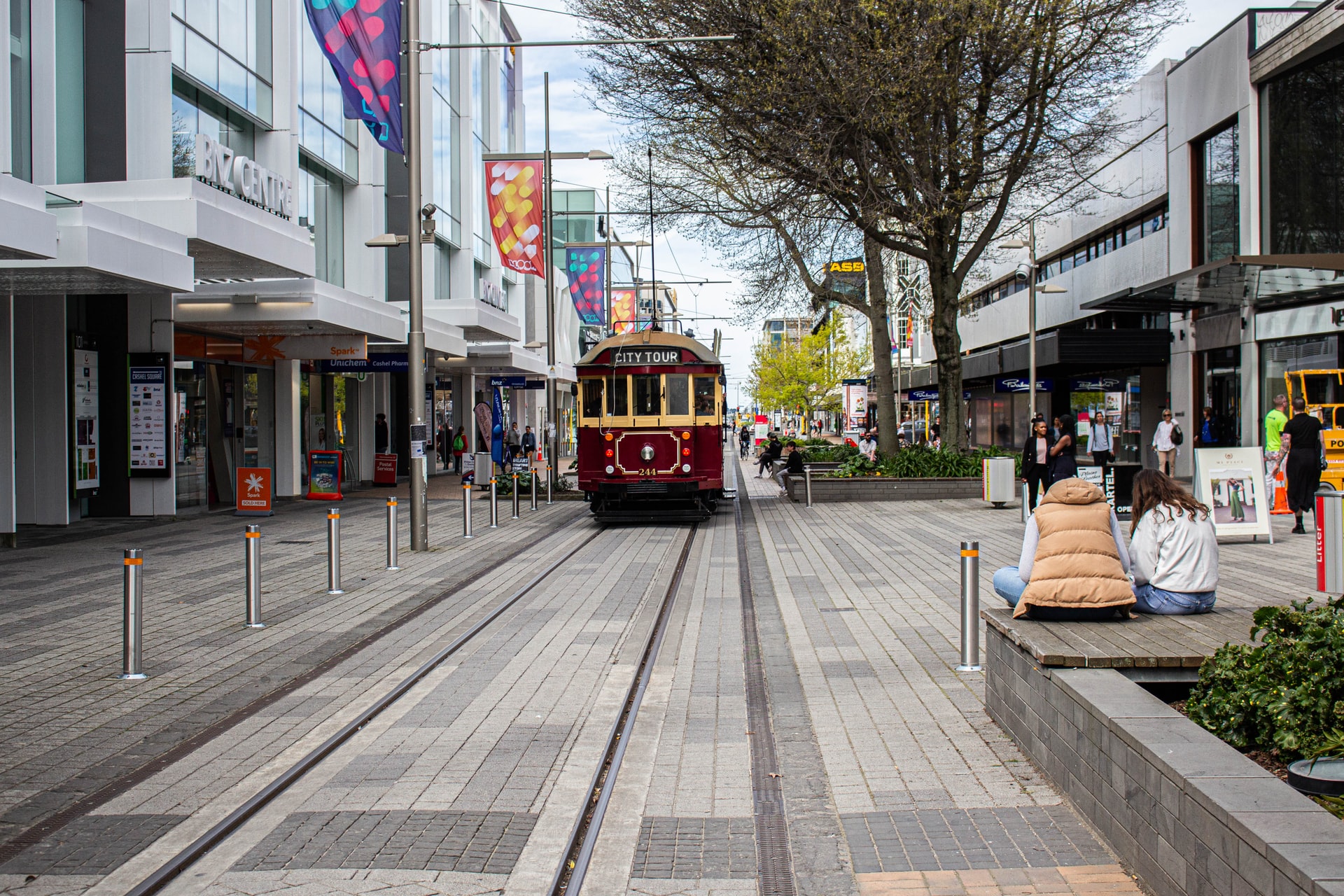Monday 22 February marks a decade since the 2011 Christchurch earthquake, which killed 185 people and devastated the city.
News media are marking the anniversary with coverage of survivors’ stories, updates on the city’s rebuilding efforts, and reports into ongoing issues arising from the effects of the quake.
Behind the headlines
Michael Wright wrote on Stuff that the decade’s coverage of the CTV building collapse, in which 115 people died, had been “strangely underwhelming”.
“CTV has commanded headlines over the past 10 years but it has not quite rooted itself in the public consciousness the way other tragedies have: the Wahine sinking, the Erebus crash, the Christchurch mosque attacks.”
Stuff has produced a six-part podcast called “Collapse”, which tells the stories of the people who were in the building at the time of the quake, and investigates why the building collapsed and who should be held accountable. RNZ’s podcast “Fragments” debuted on the day of the anniversary and is set to explore what’s happened over the last decade.
Insurance claimants advocate Ali Jones told RNZ that some lessons haven’t been learned from the response to the Christchurch earthquake, and that dealing with one particular insurance company has been “hell”.
Our Changing World interviewed two legal experts on how the quake exposed holes in our laws.
“When people think about a disaster they think about an earthquake or a volcano, a tsunami or even a health event. But that’s not the disaster – the disaster is a social event,” University of Canterbury Professor John Hopkins said, “and a legal system is really just the way society organises itself.”
Rebuilding the city
David Williams from Newsroom wondered if our expectations of post-quake Christchurch have been too high, without enough understanding of the 20-30 year timeframe that a rebuild would need. He reported that a survey in 2020 found that only 32 per cent of ratepayers had a clear idea of the city’s vision. While some parts of the city have been revitalised, others parts are “muddled and confused”. He interviewed Carl Davidson, chief social scientist of Research First, who said,
“It’s a tale of two cities, in so many regards. There are a whole lot of people focusing on the future, thinking about opportunity. There are a whole lot of people who are feeling left out, and feeling like they have less opportunity than they did. It’s a city of not just contrasts, but of contradictions.”
Considering the health impacts
TVNZ reported that many survivors are still experiencing mental health impacts. The Canterbury Medical Research Foundation recently awarded more than $200,000 to fund a new study into “quake brain”. Dr Katie Douglas from the University of Otago says the condition can cause people to be forgetful, or feeling more distracted. She says,
“We’re seeing if we can get a really good understanding of what it is that this quake brain is, and in the longer term whether we can develop widely accessible treatment options for the population.”
Learning from the quake
Ten years on, scientists continue to discover more about the earthquake. Stuff reported that some of the record-breaking forces recorded by seismic recording stations have been revised, after a new study by Kyoto University and GNS Science found that the ground acceleration measurements had been exaggerated by loose concrete foundations.
Science operations and data team leader at GNS Science, Jonathan Hanson said that this “did not diminish the fact the earthquake was a very large event”, but that the findings would improve future placement of recording stations.
“With the 10th anniversary upon us, our thoughts are with all those who lost loved ones or were directly affected. This study illustrates its ongoing scientific impact, continuing to produce new learnings and insights and helping us tease out the different factors and site effects which can impact local shaking.”
The quake may have caused the largest urban liquefaction on record, according to University of Canterbury geotechnical earthquake engineer Misko Cubrinovski. He told Our Changing World they’ve since discovered that a deep layer of liquefaction can prevent earthquake waves from reaching shallower soils, which explains why some areas of the city with liquefiable soils sustained less damage than expected.
